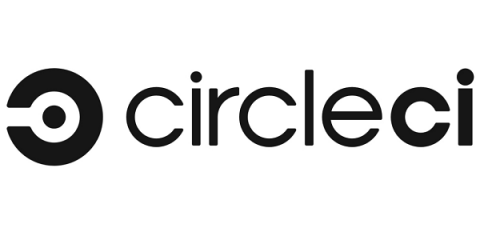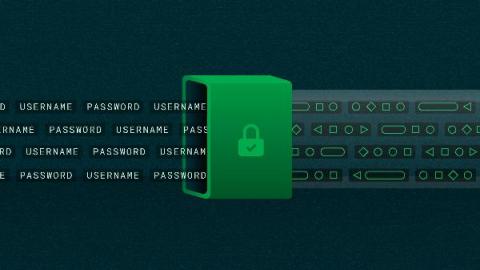Operations | Monitoring | ITSM | DevOps | Cloud
June 2021
CircleCI Continuous Updates | Server 3.1
Foundations: What Is Dynamic Configuration?
Securing pipelines through secret management
Secrets management plays a critical role in keeping your pipelines and applications secure. While secrets management tools help, you need to implement best practices and processes to successfully manage secrets in a DevOps environment. Standardizing, automating and integrating these processes also helps secure secrets by reducing the chance of human error.
Reducing microservice overhead with shared libraries
It’s a common story: the product team gets early success and grows into a large monolithic code base. While everything is in a single code base, features can be added quickly. This is partly due to the ability to leverage shared code across each feature in the codebase. When your team is adding a new feature, a developer can leverage the existing codebase for needs such as logging or special error handling.
3 ways to motivate your developer team with metrics
How to implement dynamic config using setup workflows
The Confident Commit | Episode 5: Software engineering with a purpose ft. Brad Henrickson
Share configuration across your organization: CircleCI private orbs
Continuously deploy Rust applications
Rust, a blazing fast and memory-efficient language, made its first appearance about ten years ago. Rust has gained a lot of momentum recently with the popularity of WebAssembly, a language that allows languages like C++, C, and Rust to run in web browsers. This enables developers to build highly performant applications and provide web apps with native functionalities that are not available on the web platform. In this tutorial, you will learn how to deploy a Rust application to a hosting platform.
Continuously deploy custom images to an Azure container registry
The Azure container registry is Microsoft’s own hosting platform for Docker images. It is a private registry where you can store and manage private docker container images and other related artifacts. These images can then be pulled and run locally or used for container-based deployments to hosting platforms. In this tutorial, you will learn how to create a custom docker image and continuously deploy it to an Azure container registry.
The Confident Commit | Episode 4: Systems and Flow with Elisabeth Hendrickson
Completing the security testing automation cycle
DevOps, DevSecOps and CI/CD are synonymous with one word - automation. Automating their workflows gives developers the ability to deliver consistency, time savings, and useful insights into their software development life cycle (SDLC). But automation is only as efficient as your weakest link or most cumbersome bottleneck, which can sometimes be security testing. Security testing has traditionally been carried out either manually or quite late in the process.
Automate and scale your CI/CD with CircleCI orbs
For the past two and a half years as a Solutions Engineer at CircleCI, I’ve had the distinct pleasure of working with some of CircleCI’s largest customers to help them instill healthy CI/CD practices into their development processes. Leading-edge organizations are trying to make sure that their applications are scalable, reliable, and secure. Shipping products to users quickly and reliably is imperative to gaining a competitive edge.
The startup founders' guide to software delivery
Software delivery on a team of 2 people is vastly different from software delivery on a team of 200. Over the growth of a startup, processes and tool choices will evolve naturally - but either optimizing too early or letting them evolve without a picture of where you’re headed can cost you in time and agility later. That’s why I want to talk to you about how to evolve your delivery process with purpose.
How to build a team that demands metrics
When we talk about metrics in software delivery, a lot of developers think of execution metrics — things like throughput, delivery and number of deploys. But in reality, those metrics don’t motivate anyone — at least not without connecting them to a bigger picture. I’ve worked in software for 23 years. I’m a three-time founder and four-time CTO, responsible for leading a 200+ member distributed engineering organization.


















